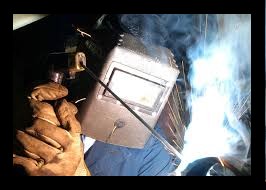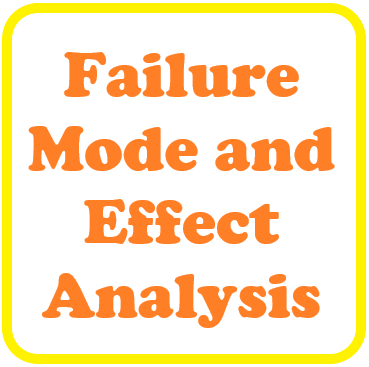INTRODUCTION TO NON- DESTRUCTIVE TESTING
INTRODUCTION
Non-destructive testing (NDT) Is a method of quality control of materials without disturbing their aimed use. The material under Inspection does not undergo any change In Its size, shape, physical and chemical properties. It is commonly used for:
Detection of flaws such as cracks, shrinkages, gas porosities, inclusions, and another weld, forging and casting defects.
Determining the material characteristics such as density, conductivity, hardness, grain structures, etc. to give clues about the strength of materials.
Dimensional measurements such as wall thickness, internal and outside dimensions, corrosion assessment coating/plating thickness, etc.
On-line monitoring of plants/ industrial systems.


















